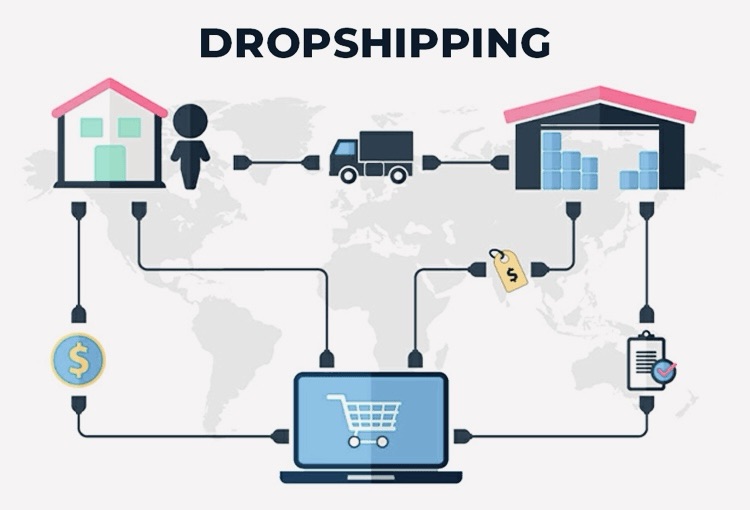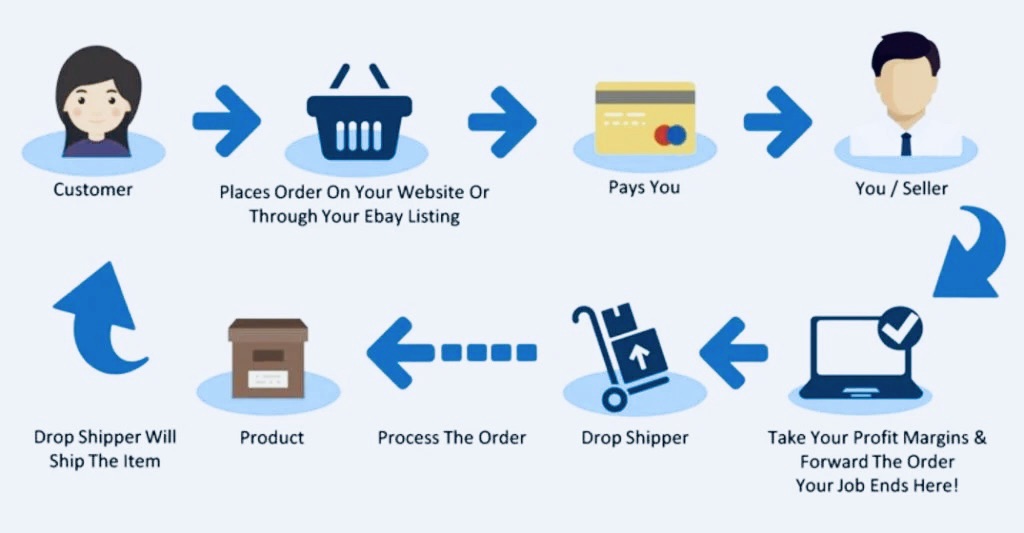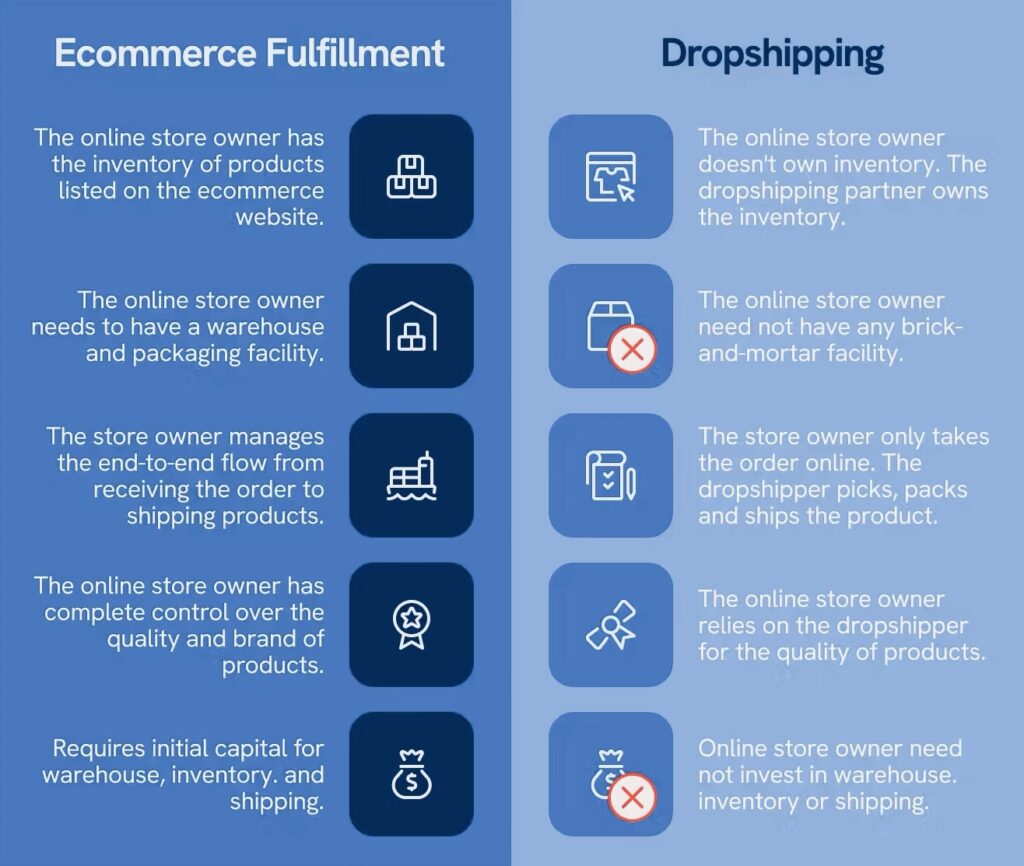In the rapidly evolving digital marketplace of 2025, dropshipping and e-commerce have become pivotal avenues for entrepreneurs seeking to establish online businesses with minimal upfront investment. This guide provides a step-by-step approach to launching a successful dropshipping venture, covering essential aspects from niche selection to SEO optimization.
Understanding Dropshipping and E-Commerce
Dropshipping is a retail fulfillment method where a store doesn’t keep the products it sells in stock. Instead, when a store sells a product, it purchases the item from a third party and has it shipped directly to the customer. This model allows entrepreneurs to start businesses without significant capital investment in inventory.
E-commerce encompasses all online transactions, including dropshipping, and involves selling goods or services over the internet. The synergy between dropshipping and e-commerce platforms has opened new opportunities for aspiring business owners.

Step-by-Step Guide to Starting Your Dropshipping Business
- Market Research and Niche Selection
Identify a niche market that aligns with your interests and has sufficient demand. Utilize tools like Google Trends and Keyword Planner to assess market viability. - Find Reliable Suppliers
Partner with reputable suppliers who offer quality products and reliable shipping. Platforms like AliExpress, Oberlo, and SaleHoo can be valuable resources. - Choose the Right E-Commerce Platform
Select an e-commerce platform that suits your business needs. Shopify, WooCommerce, and BigCommerce are popular choices offering various features and integrations. - Build Your Online Store
Design a user-friendly website with clear navigation, high-quality images, and compelling product descriptions. Ensure your site is mobile-responsive and optimized for conversions. - Implement SEO Strategies
Optimize your website for search engines by incorporating relevant keywords, meta tags, and quality content. Regularly update your blog with informative articles to drive organic traffic. - Develop a Marketing Plan
Utilize various marketing channels, including social media, email marketing, and paid advertising, to reach your target audience and drive sales. - Monitor and Analyze Performance
Use analytics tools to track website traffic, conversion rates, and customer behavior. Adjust your strategies based on data insights to optimize performance.

Best Practices for Success
- Customer Service Excellence: Provide prompt and helpful customer support to build trust and encourage repeat business.
- Transparent Policies: Clearly communicate shipping times, return policies, and other essential information to manage customer expectations.
- Continuous Learning: Stay updated with industry trends, attend webinars, and participate in online communities to enhance your knowledge and skills.
Common Mistakes to Avoid
- Neglecting Quality Control: Failing to vet suppliers can lead to poor product quality and customer dissatisfaction.
- Overcomplicating the Website: A cluttered or confusing website can deter potential customers. Keep the design clean and intuitive.
- Ignoring SEO: Without proper SEO, your store may struggle to attract organic traffic. Invest time in optimizing your site for search engines.

Expert Insights
According to industry experts, the key to success in dropshipping lies in selecting the right niche, building strong supplier relationships, and focusing on customer satisfaction. Emphasizing these areas can lead to sustainable growth and profitability.
Conclusion
Starting a dropshipping and e-commerce business in 2025 offers immense potential for entrepreneurs willing to invest time and effort. By following the steps outlined in this guide and adhering to best practices, you can establish a thriving online store that meets customer needs and achieves long-term success.
FAQs
Q1: What is the initial investment required for a dropshipping business?
A: The initial investment can be relatively low, primarily covering website hosting, domain registration, and marketing expenses.
Q2: How do I handle returns and refunds in dropshipping?
A: Establish clear return policies and coordinate with your suppliers to manage returns efficiently.
Q3: Can I run a dropshipping business part-time?
A: Yes, many entrepreneurs start dropshipping as a side business and scale up as it grows.
Q4: How do I choose the best products to sell?
A: Conduct market research to identify trending products with high demand and low competition.
Q5: Is it necessary to have technical skills to start a dropshipping store?
A: While technical skills can be beneficial, many e-commerce platforms offer user-friendly interfaces that require minimal technical knowledge.
